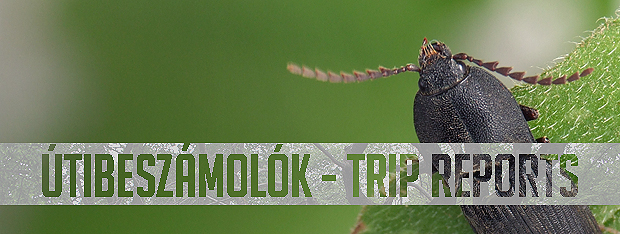
TRIP REPORTS
III-VII.2012.,Tőserdő
(Photo and text by Zoltán György, Ottó Merkl and Tamás Németh)
In 2012 the HNHM was
commissioned by the Kiskunság National Park
Directorate to conduct a monitoring survey on the floodplain of the
Natura 2000
site of Tiszaalpár. The main task of the Coleoptera Collection
staff was to
find protected beetle species. Selected sites were monitored every two
or three
weeks form spring to mid summer in order to learn more about the fauna
of the
area. At the end of the study valuable data were provided on several
protected
species and also on species that were not recorded previously in the
area, not
even in the whole region of the Great Plain.
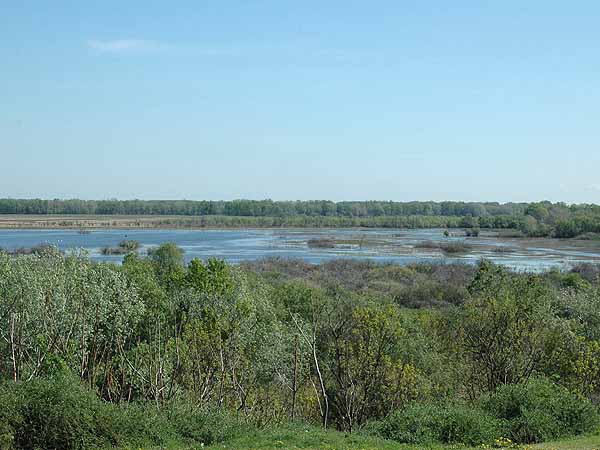

It was early in the
spring when we first explored the site to be
monitored.

At such times beetles
remain hidden
under bark, in the soil or in decayed wood until it gets warmer. GPS
coordinates were obtained in order to document the precise location of
rare and
protected species.
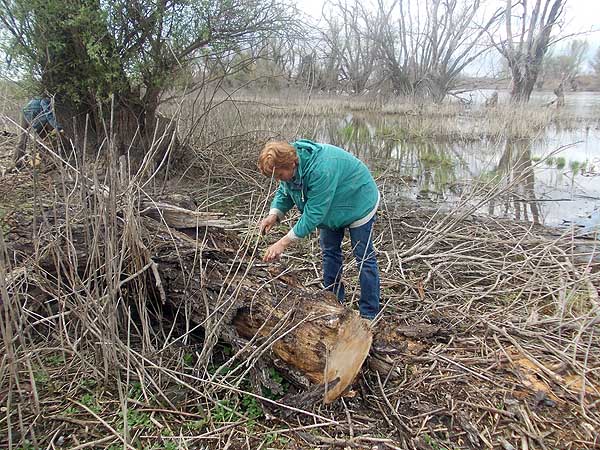
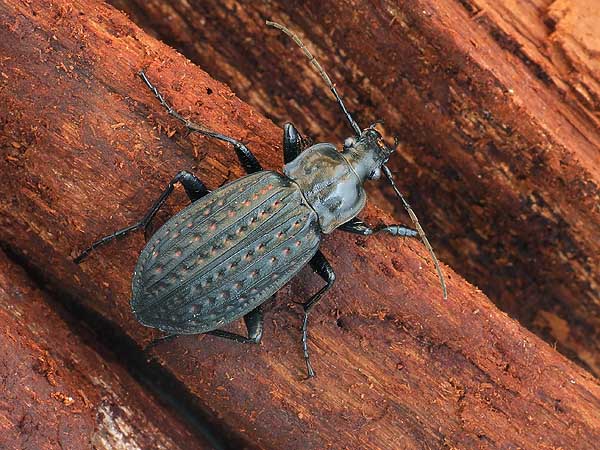
Carabus clathratus is a rare species in
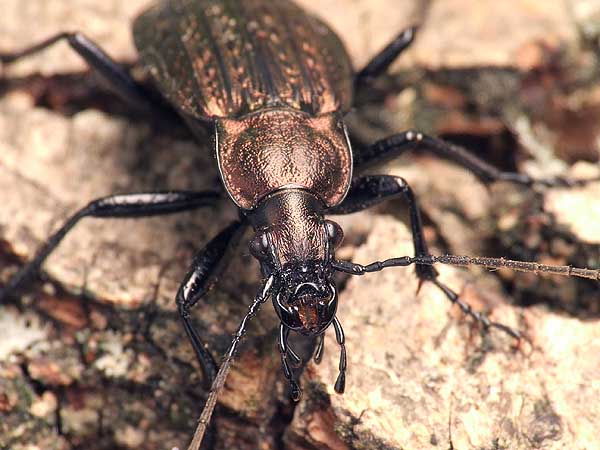
Carabus granulatus is one of the most common Carabus species in Hungary, found in abundance all over the country. These beetles hibernate in groups under the loose bark of fallen willow and poplar trees.

Water
beetles in canals, ponds and
backwaters were also studied.
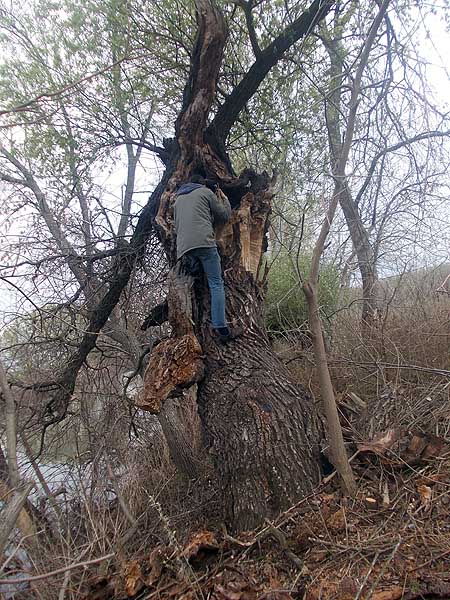
Hollows in rotten willow trees
provide shelter for plenty of beetles.
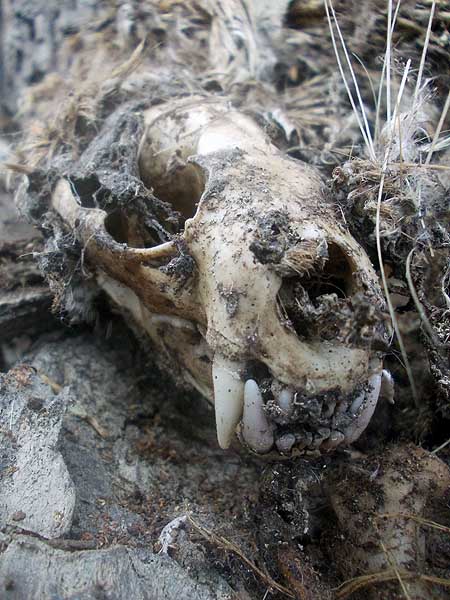
This Otter didn’t make
it through
the winter. Its skeletal remains were found in the large hollow of a
willow
tree.
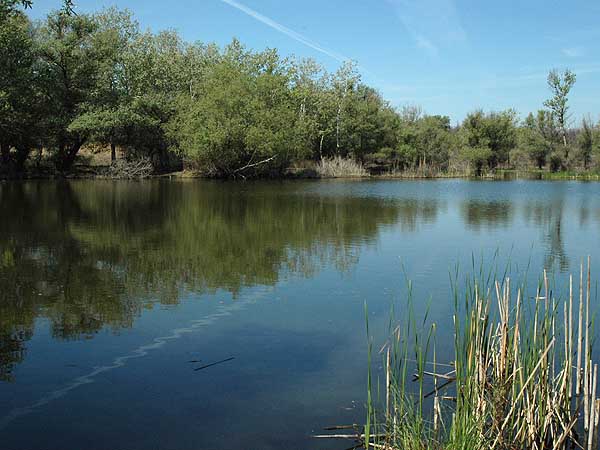
There are thousands of
insects
milling around in the impenetrable jungle of the floodplain forests in
summer.
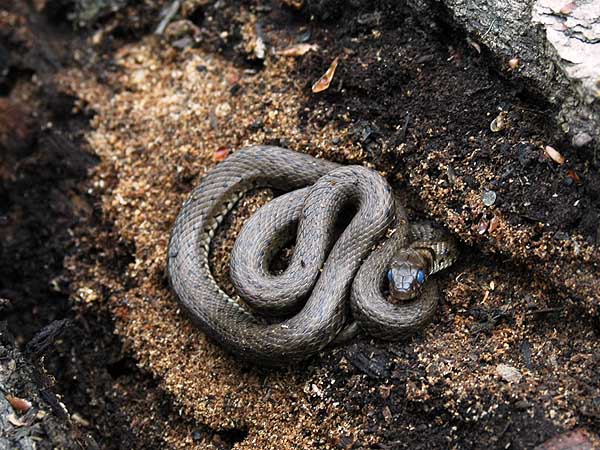
Juvenile water-snake (Natrix natrix)
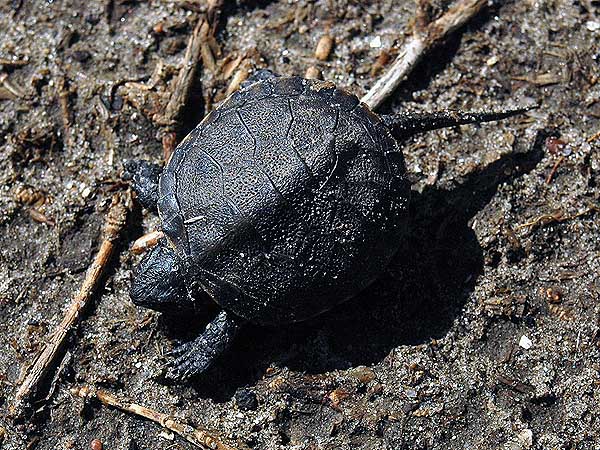

European Tree Frog (Hyla arborea).
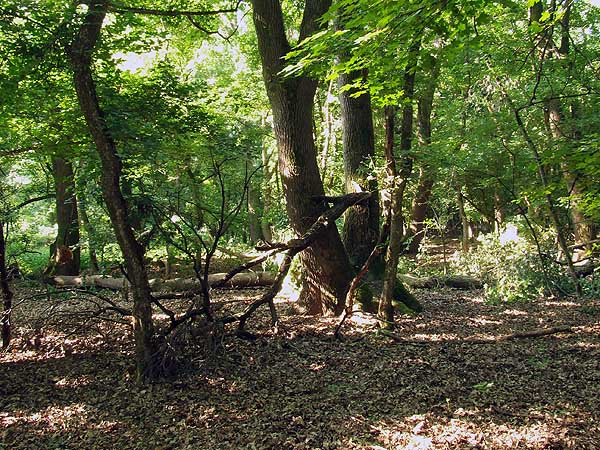
A group of ancient oak and maple trees is
found in the hard-wood floodplain forest in the backwater area of
Tőserdő.
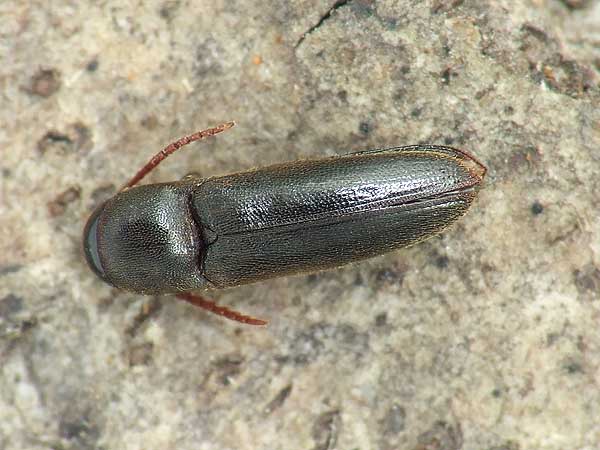
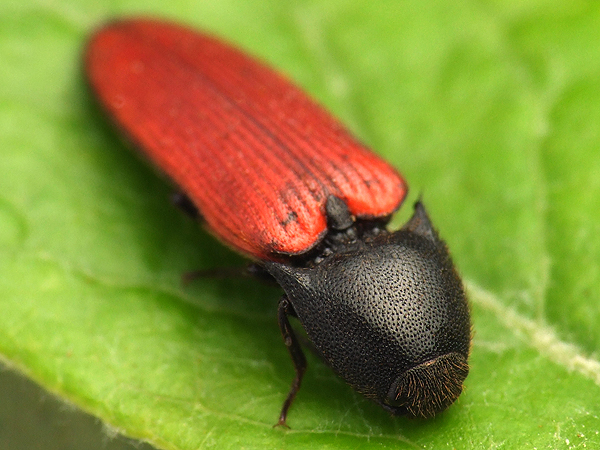
A vast number of
Ampedus cardinalis
(Schiödte, 1865) preferring old forests was collected during its
swarming period in April. Within the Great Plain, this species was
recorded only twice in Debrecen long ago and once in Gyula in 2008. In
the Danube–Tisza Interfluve it is only known from
Tiszaalpár. Ampedus
sanguinolentus (Schrank, 1776) and Ampedus pomonae (Stephens, 1830)
(see figure) were also present in large numbers under the loose bark of
dead trees.
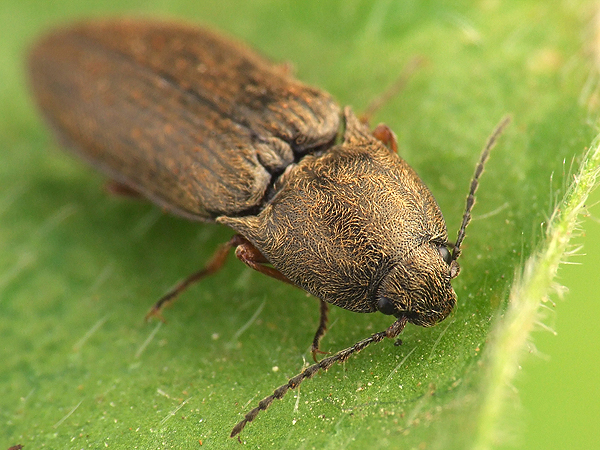
Swarming
specimens of Paraphotistus
nigricornis (Panzer, 1799) preferring wet habitats were knocked
from elm trees in the wet areas of the floodplain forest.

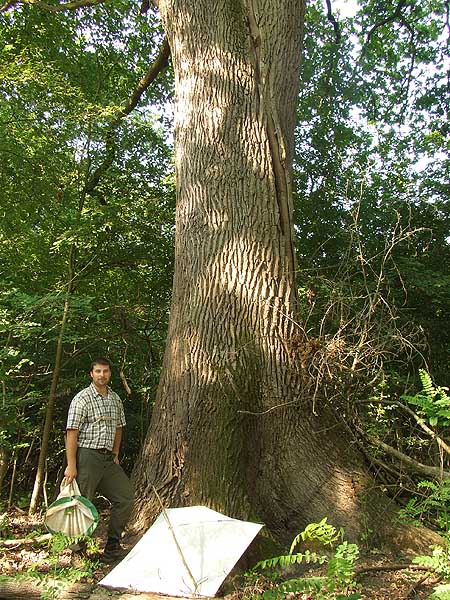
The largest oak
of the forest, and maybe of the whole area, was found in June.
This English oak has a girth of 583 cm.
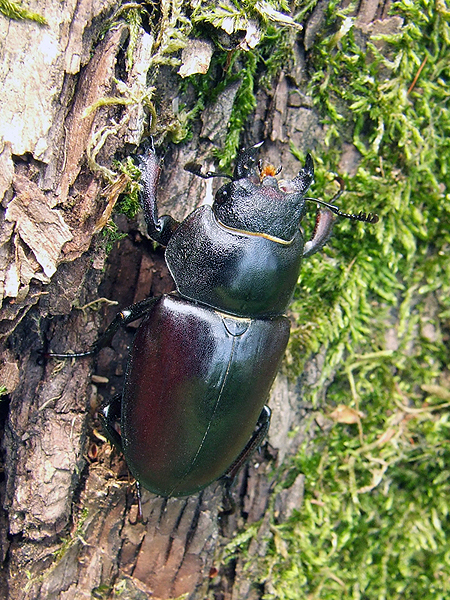
The protected Greater Stag Beetle, Lucanus cervus (Linnaeus,
1758)
is found on the trunk of large oaks.
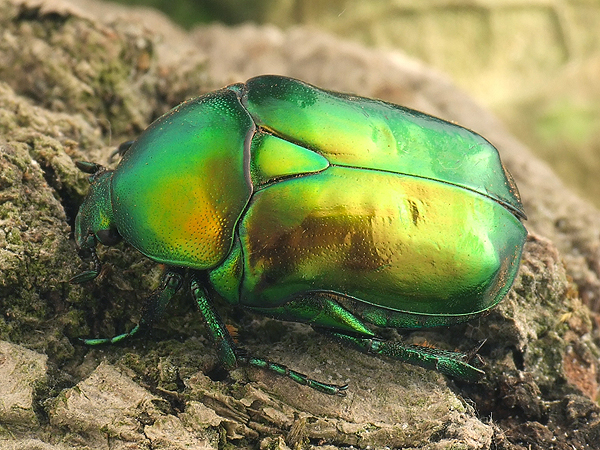
The protected
Great Rose Chafer Protaetia
aeruginosa (Drury, 1770) is usually
flitting around in the high canopy of trees
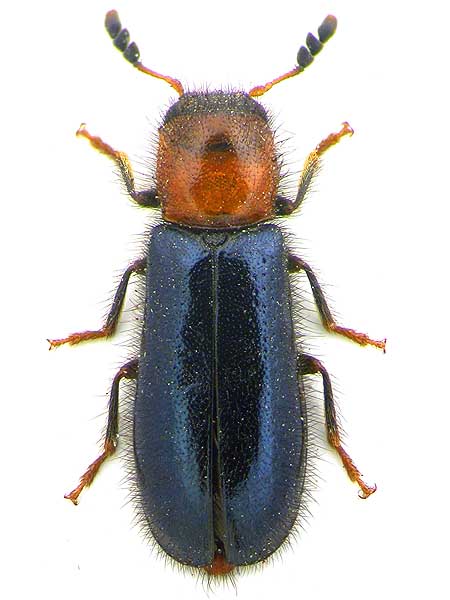
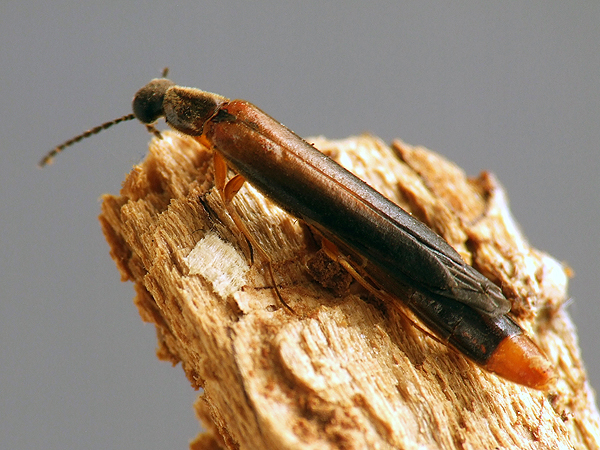

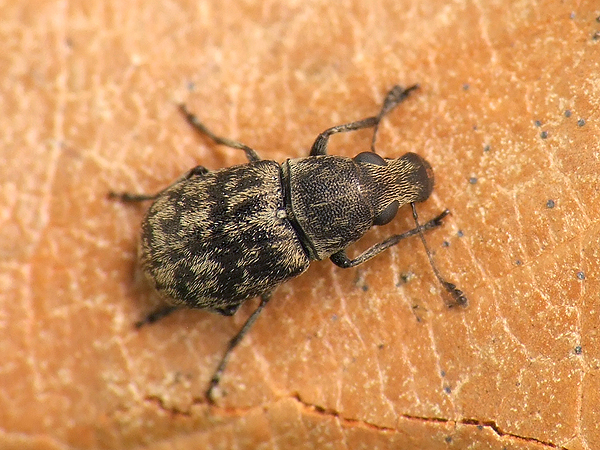
Allandrus undulatus (Panzer, 1795) has three documented locations in Hungary.
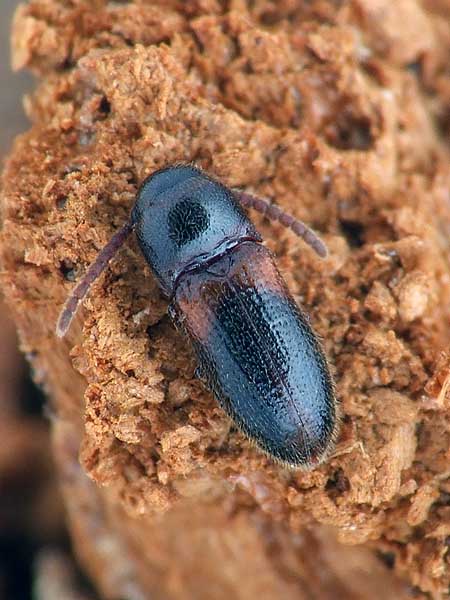

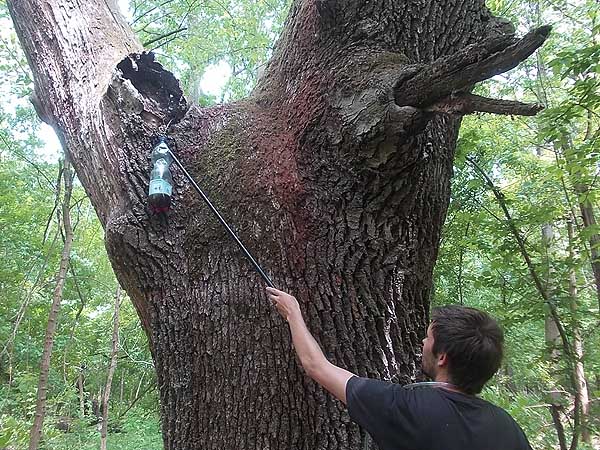
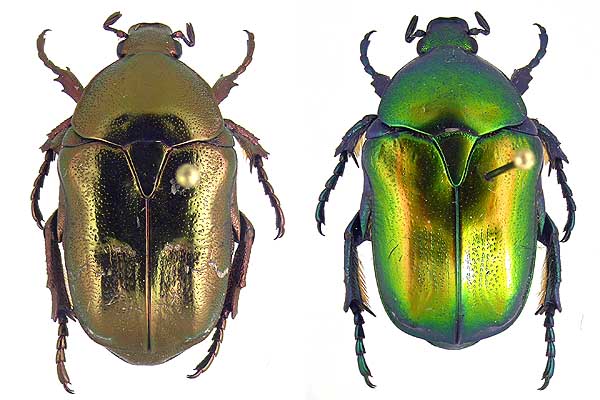
Protaetia fieberi (Kraatz, 1880)
and Protaetia affinis
(Andersch, 1797) – protected rose chafer species.
Since both of them inhabit primarily warm oak forests in mountains,
their occurrence in the plain is indeed remarkable. From nature
conservation point of view our greatest achievement was recording Protaetia fieberi.
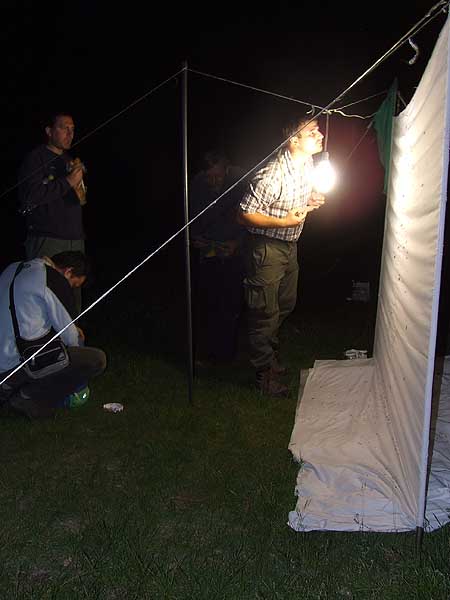
On hot, muggy summer
nights, plenty
of beetles were attracted to the light traps and mercury vapour lamps
used by
our lepidopterist colleagues.
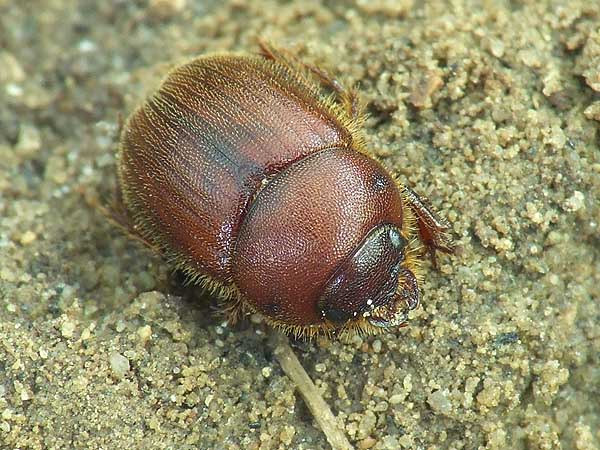
Ochodaeus chrysomeloides
(Schrank, 1781) is a small lamellicorn beetle living in the soil. Its
life
history is virtually unknown. It emerges to the surface as it gets
dusk,
flitting around close to the ground. Light traps, sweep nets and
vehicle-mounted nets are used to catch them in the evening.
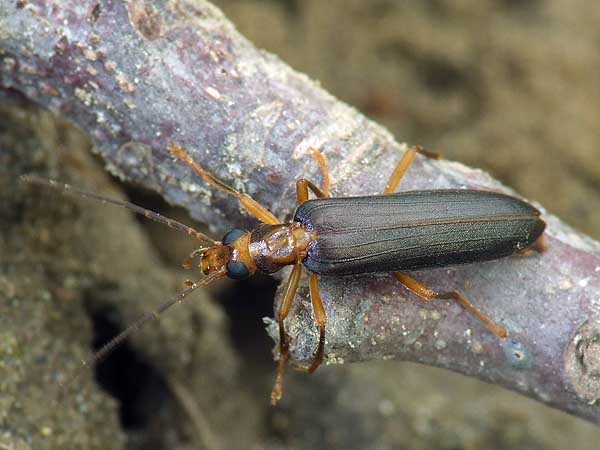
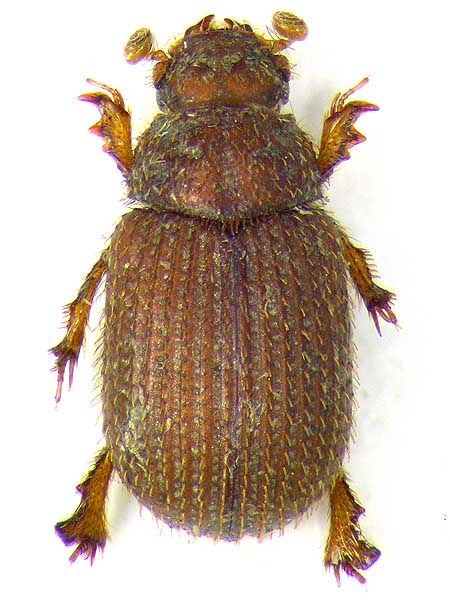
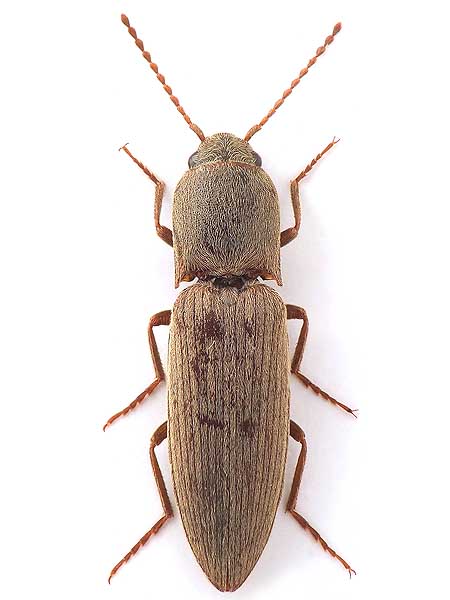
The click beetle Agriotes modestus Kiesenwetter, 1858 is mainly found in moderately moist dry forests on sandy plains. It is usually collected with light traps. Because of their similar features A. modestus can be mistaken for Agriotes pilosellus inhabiting mountains. However, there is no overlap between the habitats of the two species. Therefore precise knowledge of the habitat and the exact location can help identify them.
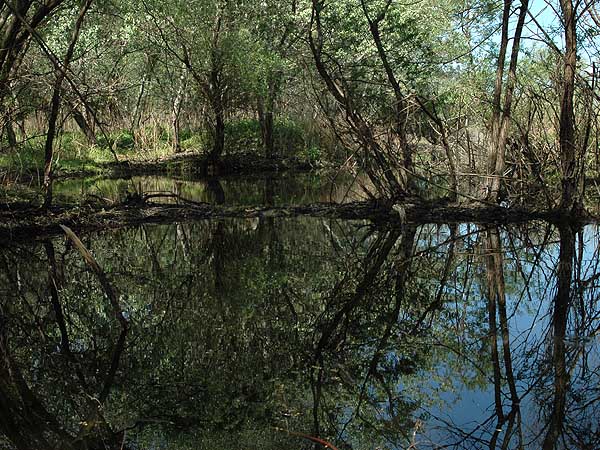

Unlike suggested
by its Hungarian name (“walnut beetle”) Aegosoma scabricorne (Scopoli,
1763) develops not only in walnut but also in several other tree
species. We could observe their huge exit holes on willow and poplar
trees everywhere.
Results of the
short-term monitoring project will be provided in autumn.